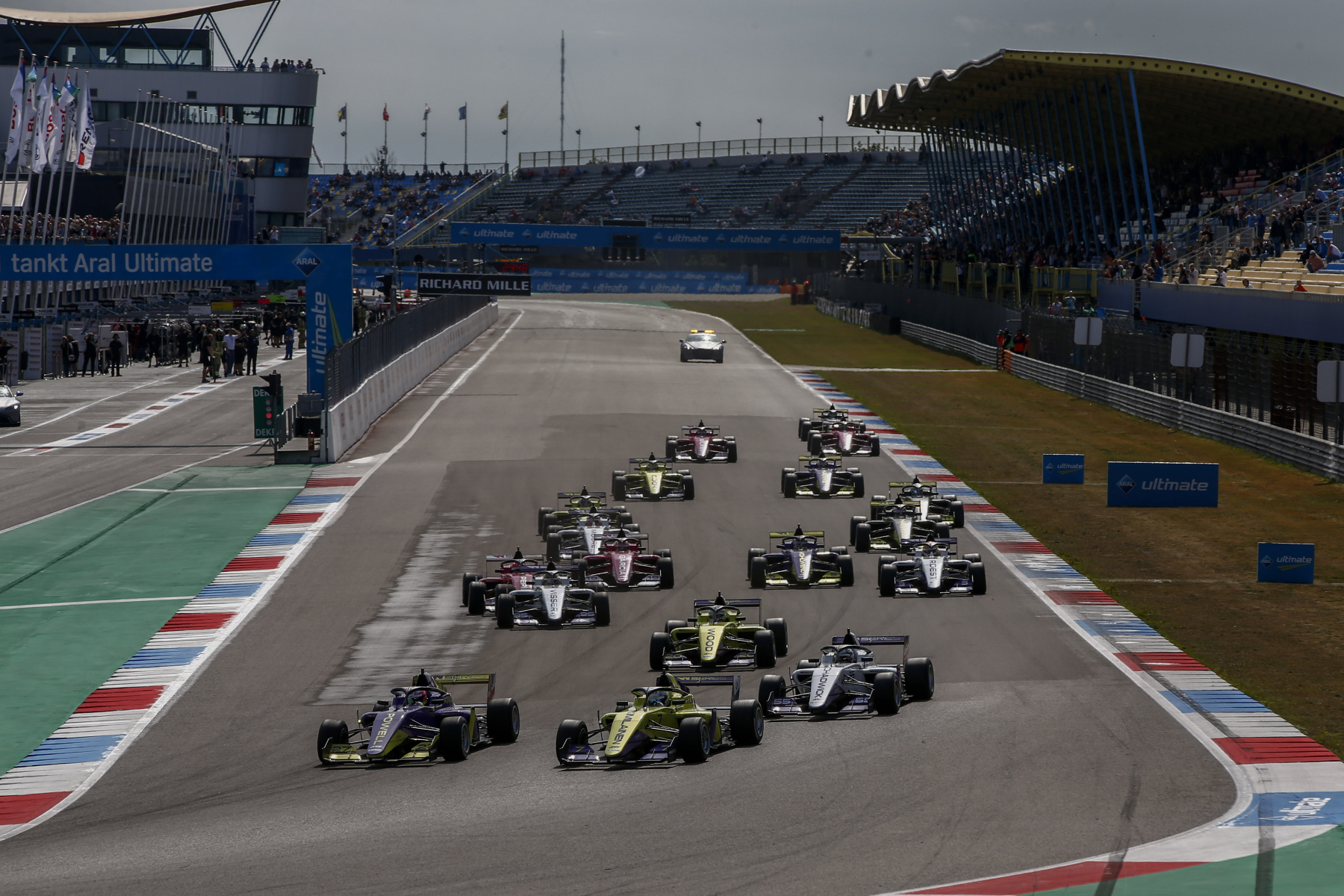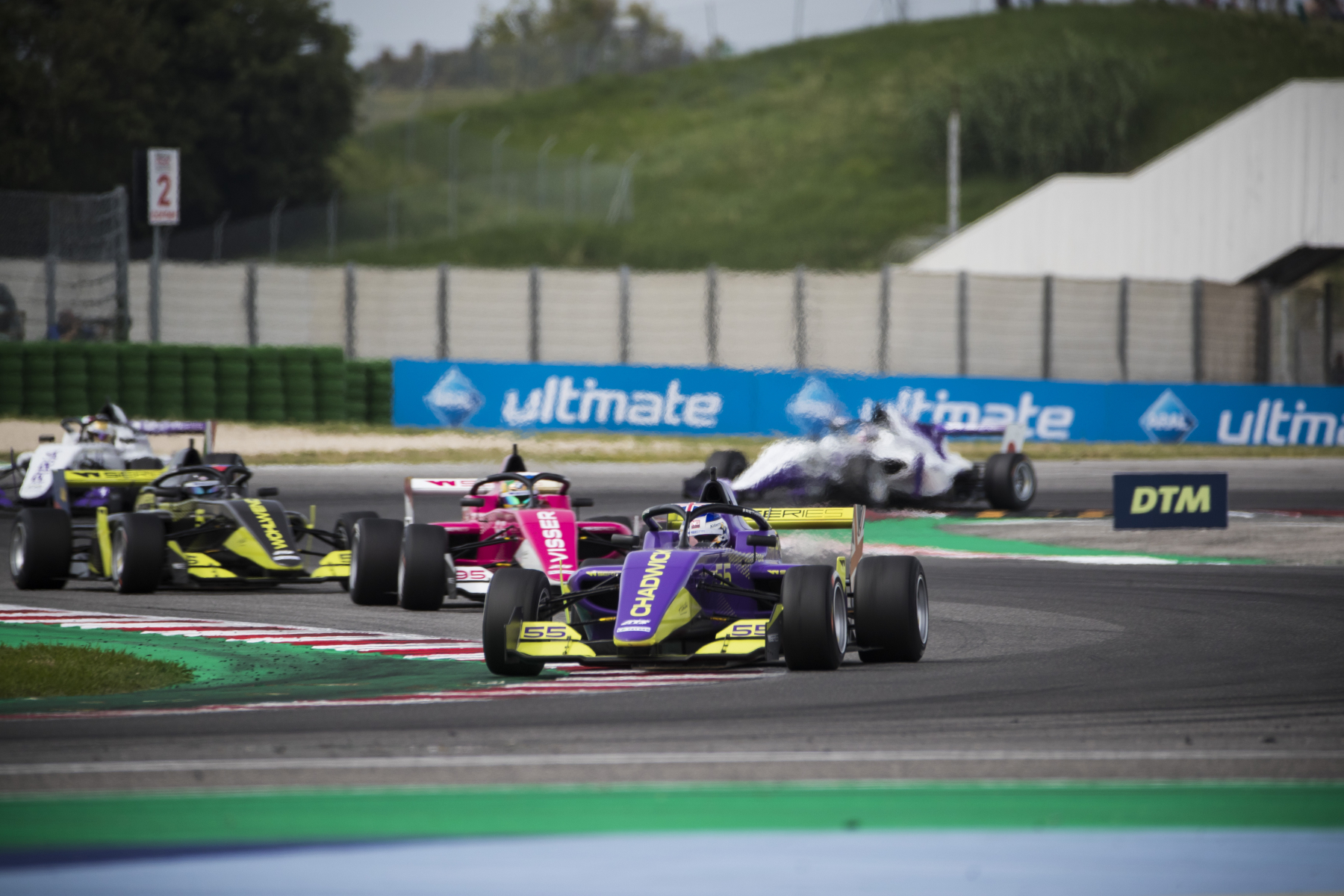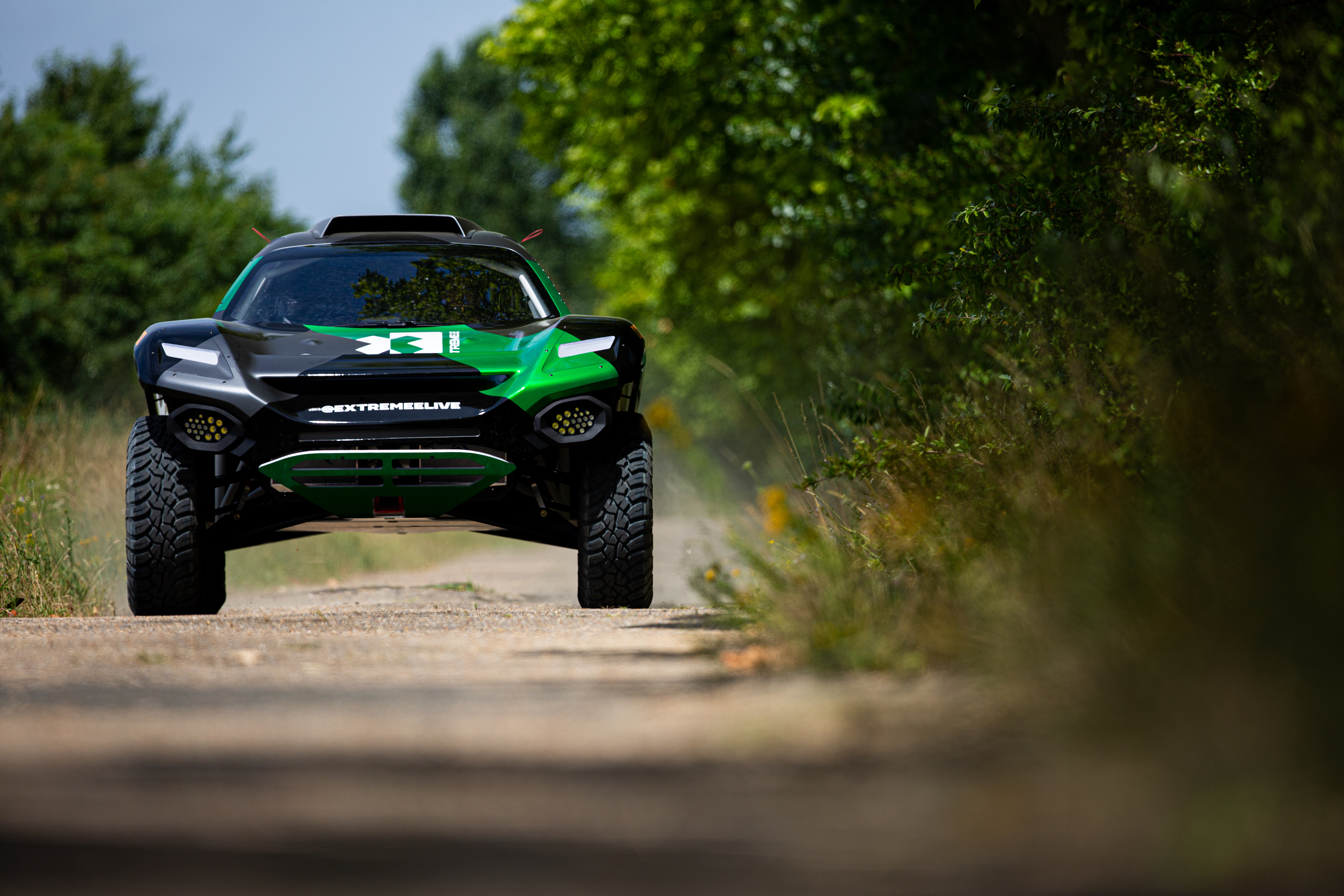When the inaugural Extreme E championship gets underway next January, it will have one thing that no other motorsport series does: an equal 50/50 male/female driver ratio on the entry list.
This is not because motorsport’s inherent gender imbalance has been fixed magically overnight, but because Extreme E will carve into its regulations that each team – of which there are currently five with more to be announced in the coming months – will need to ensure there is both a male and female driver in its line-up.
It’s another selling point for what’s set to be a unique championship, where electric SUVs compete in off-road rally events in some of the world’s most extreme environments, all while drawing attention to the need for action amid a climate crisis still raging even while the world’s attention is understandably preoccupied with a pandemic.
Extreme E’s decision to make an equal gender split in its entry list compulsory is a novel one and will inevitably draw comparisons with W Series.

Motorsport prides itself on the technicality that it is one of the only sports in the world where women can compete against men, which is why W Series was so divisive in its move to set up a female-only contest. Extreme E doesn’t need to worry about being accused of segregation in the same way W Series was – but why the need to mandate something that could happen organically anyway?
The key factor is that Extreme E’s concept – a first in motorsport – is not intent on making some kind of equality statement.
“When we were brainstorming, and really that was at the beginning of the COVID-19 lockdown, we decided to go ahead and think of how we could make the races more exciting – and one idea that came up was the idea of doing two laps, instead of one lap,” Extreme E founder and CEO Alejandro Agag tells The Race.
“And then another one came, why don’t we do two drivers, not one driver? OK, that’s good. And then I remembered, I am a big fan of mixed doubles in tennis and I said ‘what about a man and a woman?’ because then it’s in the regulations and it’s not the choice of the team.
“What I like about mixed doubles is that either of the team can screw up, the fault can be either or, but it’s a team effort. I like that idea, and both of them are equally necessary for the victory, equally important to the team.
“They each get one lap each and they both need good laps, it doesn’t matter who’s faster and who’s not – it’s balanced across the board so really this is a team effort.”

If the mission statement of Extreme E is primarily to draw attention to the climate crisis, highlighting how global warming has had an impact upon every ecosystem imaginable, it would be enormously ambitious to try to tackle the gender equality problem as well.
Agag is clear that Extreme E’s mission is not to solve that problem too – it’s happy to leave that to W Series – but it doesn’t mind making a difference where it can.
“It’s not that we had this plan from the beginning, it just kind of became an obvious thing for us to do,” says Agag.
“It became that because the race format we have chosen makes it possible. It’s not that we said ‘we need to sort the gender equality problem in the world’, that’s not our ambition.
“But we did suddenly realise that with this thing we’re creating, we could actually make a contribution and have a great show. I truly believe that this could be fantastic fights with a woman first and then the man and the whole strategy could be really interesting.
“I think it’s just an asset for us, just a really cool thing that we found out we can do. If we can do a little, we will be happy to do that.”
“I got so much criticism and people not believing and being cynical with Formula E that I couldn’t care less – and I cannot care less what people will say about this” :: Alejandro Agag
But whether it wants to or not, an announcement such as this can’t escape sociopolitical undertones and joining the gender equality debate.
Extreme E has a driver programme designed to be a talent pool for any of the teams to choose from when it comes to deciding their driver line-up. The choice of drivers is ultimately up to each team and will not feature the input of Extreme E itself, besides needing that 50/50 gender split to comply with regulations.
The drivers’ programme currently features 26 drivers, only three of whom are women. There’s an impressive roster of talent so far: six-time World Rally champion Sebastien Ogier, 2016-17 Formula E champion Lucas di Grassi and W Series champion Jamie Chadwick and more.

It’s a simple fact – whether right or wrong – that there are more male racing drivers than there are female, and therefore there are more male racing drivers at an elite level than women. This isn’t motorsport’s fault entirely – it’s a microcosm of the realities of society. Nonetheless, with limited spaces on a grid, how can Extreme E ensure that all those drivers are there on merit, and not just ticking a box required for entry?
“The teams need to worry about choosing someone on merit. The teams want to win, and to win – they’ll need to get the best possible,” says Agag.
“They need the fastest possible woman in the car – I know the teams and these teams are winners. They all want to win and so that question doesn’t worry me at all, because they’ll sort it out for me and pick the best woman.
“There are some really quick drivers out there, and no-one really has the answer to the question about women in motorsport. There is not an answer, and I’m not going to be the one to look for an answer, if a woman is capable of driving as fast as a man.
“I don’t know and I’m not going to answer the question, maybe, maybe not – but in the meantime, while someone sorts out that question – we’re doing this. The mixed doubles, which is going to be super for the sport and also a fantastic show.
“We have been in this business for many years, the business of finding driver talent, so we know very well by looking at the CV if they are at the right level.
“There are many female drivers at the level of Extreme E racing in different categories with the right experience, so we’re not worried about that so of course they need to be there.”

Some will inevitably see all of this as a tokenistic effort to appeal to a ‘woke’ generation – but the definition of what does and doesn’t qualify as tokenism is far from clear-cut.
Is it tokenistic or not that this is my first column for The Race? Does my being a woman writing about female representation in motorsport negate my opinion? Or does writing about it because it’s a column that needs to be written shift the balance of female representation in motorsport a little further towards equilibrium?
These are not easy questions to answer, and they’re the kind of questions that can easily tip into an existential conundrum that should be felt the world over when it comes to ensuring a time of equality for everyone.
Perhaps it’s Agag who has the perfect riposte when the question of tokenism is put to him.
“One of my favourite things is to ignore [the concept of] tokenism,” he says.
“I had so much of that with Formula E, saying ‘why do we need electric racing? You’re just doing this because of greenwashing.’ I got so much criticism and people not believing and being cynical that I couldn’t care less – and I cannot care less what people will say about this.
“I think that it’s the right thing to do and I think it’s going to be a great product for TV and for the sport. And if on top of that, we give great opportunities – I know these drivers, I know how hard they try – and if we give these drivers an opportunity to earn a living from driving, that makes me happy.”
Any opportunity is a good opportunity, and so by that logic, there is a place for Extreme E’s format just like W Series has its place – and just like any woman deserves to have a place in motorsport no matter how she got here.





